Results 7,911 to 7,920 of 12096
Thread: Anandtech News
-
03-05-18, 07:35 AM #7911
Anandtech: Cat S61 Smartphone Hands-On: First Impressions
Earlier this month Bullitt Group and Cat introduced the new Cat S61 ruggedized smartphone for workers and first responders who have to operate in harsh environments. These 'ruggedized phones' have to be able to work in areas such as industrial sites, disasters, or conflict zones, and also require special features to assist the users. The phone was being displayed at Mobile World Congress last week, and since this is the first handset to be outfitted the combination of a FLIR thermal camera, a laser-assisted distance meter, and an air quality analyzer, I could not miss an opportunity to check it out in real life.
Hands-On
The mighty IP68-rated waterproof Cat S61 looks solid on pictures, and in person it feels just the same: a very robustly made smartphone that is reinforced all around. The phone has sharp edges, and the surface on the back is knobby, this was done intentionally to enable people wearing gloves to hold the handset firmly. For the very same reason, the Cat S61 has hardware keys for Android UI: it is much easier to press them rather than trying to touch software/sensor buttons.
One of the key features of the Cat S61 is of course the FLIR thermal imaging camera. The Lepton sensor used by the S61 is the same as used by the S60, but Bullitt/Cat equipped it with a new software and therefore enhanced its temperature range up to 400°C. There are obviously no sources of such extreme heat on a show floor, but I can confirm that the sensor works just like it is intended to. The FLIR sensor is located on the upper side of the phone, just above the regular camera, so using it is rather comfortable. Since this was my first experience with a thermal camera, it was mostly fun, yet consider how useful this device is for construction workers, electricians and others.
Next up is laser-assisted distance measurer. This one works quite well too; it has a maximum distance of 10 meters, and a precision is up to one millimeter. The biggest problem with the measurer is that it is located on the bottom of the phone and it is not very comfortable to use it as it gets blocked by either your hand or fingers.
Holding the Cat S61 using only two fingers is not very comfortable and something tells me that holding it this way wearing gloves will be quite disappointing (keep in mind that you should not block the display while using the measurer). Perhaps installing another sensor into the upper part of the phone was not possible because it is pretty heavily packed with antenna, camera, thermal sensor, flash, etc. However, its current location makes the thing rather difficult to use, at least when holding the smartphone vertically.
The third key feature of the Cat S61 is its indoor air quality sensor from Sensirion that can detect indoor air pollutants (Volatile Organic Compounds or VOCs) and notify users when an unhealthy environment is detected. We clearly did not have any VOCs at Bullitt’s MWC booth, so the sensor could not detect anything harmful. However, it did show that the air quality was good. Besides, the software that Bullitt supplies with the phone keeps historical tabs on the measurements, which is quite handy for those who use the S61 regularly to detect VOCs.
Last but not least, it is worth mentioning that Bullitt supplies its specially crafted App Toolbox with its Cat and Land Rover-branded smartphones. The toolbox contains a selection of programs for different activities, including construction, farming, rugged works and so on. This catalogue greatly simplifies when finding the right specialized apps. Since not many programs can use Cat S61’s sensors as yet, organizations planning to deploy the smartphone for their operations might want to design their own custom software for automotization of their processes.
Gallery: Cat S61: Hands On PhotosThe Cat S61 Ruggedized Smartphones with Special Features Specifications SoC Qualcomm Snapdragon 630
4 × ARM Cortex-A53 at 2.2 GHz
4 × ARM Cortex-A53 at 1.8 GHz
Adreno 508RAM 4 GB LPDDR4 Storage 64 GB + microSD Display 5.2" 1920×1080 (423 ppi)
? nits brightness
? contrast ratio
? NTSC color gamut
Corning Gorilla Glass 5Network 4G/LTE Bands:
EU/ROW: 1, 2, 3, 5, 7, 8, 19, 20, 26, 28, 38, 39, 40, 41
Americas: 1, 2, 3, 4, 5, 7, 8, 12, 13, 17, 25, 26, 28, 29, 66
3G Bands:
EU/ROW: 850, 900, 1700, 1900, 2100
Americas: 850, 900, A WS, 1900, 2100
2G Bands:
850, 900, 1800, 1900LTE Down: 600 Mb/s
Up: 150 Mb/sSensors Thermal camera (FLIR)
Indoor Air Quality Sensor
E-compass
Proximity Sensor
Ambient Light Sensor
Accelerometer
Gyroscope
Location
BarometerFingerprint No Dimensions 150 × 76 × 13 mm Weight ? grams Ingress Protection IP68: Sand, dust and dirt resistant
Waterproof: Up to 3M for 60 minutesMilitary Standard Tests MIL SPEC 810G
Thermal Shock: handles low to high temperature differences between -30°C (-22°F) to 65°C (149°F) for up to 24 hours Resistant to vibration: Category 4
Resistant to humidity and salt mistRear Camera 16 MP with autofocus, PDAF, dual LED flash
FLIR Lepton thermal sensorFront Camera 8 MP Battery 4500 mAh OS Google Android Oreo Connectivity 802.11 b/g/n Wi-Fi,
Bluetooth 5,
USB-C,
3.5mm TRRSNavigation GPS, GLONASS, Galileo, QZSS, SBAS, iZat, BeiDou (select SKUs) SIM Size Nano SIM/Dual Nano SIM Colors Black + Grey Launch Countries US, UK, EU, etc Price €899
£799
$999





Related Reading- Cat at MWC 2018: S61 Smartphone with FLIR Cam, Laser Distance Measurer, Air Quality Sensor
- Cat Announces S41 Rugged Smartphone: 5” FHD, IP68+, 5000 mAh
- CAT Announces S60 Rugged Smartphone with integrated FLIR Thermal Camera
More...
-
03-05-18, 10:53 AM #7912
Anandtech: The MSI X299 Gaming M7 ACK Motherboard Review: Light up the Night
What happens when a vendor adds 802.11ac to Killer networking? You get an ACK - specifically, the MSI X299 Gaming M7 ACK. This motherboard includes 3-way SLI and Crossfire support, dual M.2 slots with a unique heatsink design attached to the chipset, both front and rear USB 3.1 (10 Gbps) ports, dual Realtek audio chips, Killer based networking, and plenty of RGB LEDs to light up the case.
More...
-
03-06-18, 02:51 AM #7913
Anandtech: ARM Launches New Mali G52, G31 GPUs, New Display And Video IP
Today Arm announces a new Mali Multimedia Suite of products consisting of GPU, display processor and video processor IPs targeting the mainstream and low-end. The announcement comes at a time where the industry’s biggest growth comes from China where “premium” experience devices hold >30% of global smartphone market share. Indeed we’ve seen the same narrative reproduced by MediaTek as it was a core factor in the strategy shift and re-focus on the P-series.
The coverage starts with the announcement of the Mali-G52 mid-range GPU IP which follows the G51 announced in October 2016. The G51 was a rather odd IP in the sense that we haven’t seen any consumer SoC adopt it, as vendors seemingly have preferred to use low core count G71 and G72s. ARM states that the DTV market is also a large volume market where mainstream GPUs are in demand, however we have less visibility into the silicon of those markets.
The G52 promises great gains as Arm posts up to a 30% improvement in performance density, meaning fps/mm². The efficiency improvements are more conservative with a posted 15% improvement over the G51.
With what was surprising to me is to see that Arm has divulged that one of the core changes of the G52 over the G51 is also a characteristic that I'm expected to find in Arm’s next generation high-end GPUs. The big change is the doubling of the ALU lanes within an execution engine of a core. To date an ALU lane for the Bifrost architecture (G71, G72, G51) included a FMA and an ADD/SF unit. An execution engine was comprised of four of these lanes making up a wavefront which in Arm’s terminology was called a Quad. The G52 is the first to double the lanes up from four to eight, effectively doubling the ALU throughput within an execution engine.
Arm says that this is where most of the gains in performance and density come from as the doubling of the ALU lanes only increases the core area by ~1.22x. The 3.6x increase in machine learning workloads is attributed to the fact that the new ALUs can now handle 8-bit dot product operations.
The G52 continues to use the G51’s “dual-pixel” texture units which are able to process 2 pixels and 2 texels per cycle. A confusing matter for some G51 configurations was the fact that the GPU consisted of either cores with “uni-pixel” setups or “dual-pixel” setups and configurations such as MP3 consists of a pairing a uni-pixel core with a dual-pixel core to make an “G51MP3”. And indeed there’s even more confusion when we realise that in the past Arm’s MP denotation for GPUs meant multi-pixel and actually counted the amount of pixel throughput of a GPU. The G52 now fixes this confusion and future MP denotations will actually refer to multi-processor configuration, so a G52MP4 will mean there are 4 GPU cores whereas a G51MP4 officially described a two-core configuration.
To give customers more choice between compute and fill-rate focused configurations, Arm allows the G52 to be used with core setups containing either two or three execution engines, meaning the FLOPS/core will come in at either 32 or 48 counting only the FMA’s to 48 or 72 if you count in the additional ADD/SF unit. The FLOPS:pixel ratio naturally also changes as that is the point of the configuration flexibility, able to use a 16:1 or a 24:1 ratio. This ratio is a lot more compute balanced compared to the G51’s 12:1 ratio and now is the same as the higher-end GPUs.ARM Mali G52 vs G51 Mali-G52 Mali-G51 Core Configurations 1-4 1-3 ALU Lanes Per Core (Default) 16 (2 EU)
24 (3 EU)12 Texture Units Per Core 2 1-2 Pixel Units Per Core 2 1-2 FLOPS:Pixel Ratio 16:1 (2 EU)
24:1 (3 EU)12:1 (Dual-pixel)
24:1 (Uni-pixel)APIs OpenGLES 3.2
OpenCL 2.0
VulkanOpenGLES 3.2
OpenCL 2.0
Vulkan
The Mali400 is Arm’s most successful GPU, and one could probably say it’s the most successful GPU ever from any vendor as the IP is now nearing its 10 year anniversary and it’s still shipping in new products today. Having received generational updates over the years, it’s only now that we finally see the need for a new ultra-low end GPU as operating systems and workloads make OpenGLES >3.0 and Vulkan a hard requirement, something that the good old Mali400 can’t do.
The new Mali-G31 is meant to finally replace the Mali-400 in super low end designs. The G31 is based off the G51 but only uses up to two shader execution engines and the GPU also only scales up to two cores, whereas the G51 scales up to four cores. In a single-core configuration the G31 promises up to a 20% area reduction over the G51MP2 and up to 12% better UI performance, a metric likely tied to the fillrate efficiency of the core.
Wrapping up today’s announcement is an update on the display processor and video processors.
The Mali-V52 is a follow-up to the V61 also announced back at the end of 2016 along with the G51. The V52 scales down the V61 and targets the mid-range with more limited capabilities with up to 4K60 encoding and decoding (as opposed to 4K120 for the V61). The improvements allowed a 2x decode performance increase which in turn enabled a 38% smaller silicon area, which is a significant figure. Arm also says that for HEVC encoding the new architecture has improved its heuristics and achieves up to a 20% better quality when handling the variable block sizes of the codec.
Finally the Mali-D51 is a follow-up to the DP650 and is derived from the higher-end Mali-D71 whose architecture was disclosed under the Mali-Cetus codename here at AnandTech. The new IP allows for a 2x increase in area efficiency and supports up to 8 composition layers much like the D71. Arm’s display processors are quite unique as they allow for offloading UI rendering completely to the display processor from the GPU and in doing this achieve very good power efficiency compared to GPU-only approaches. HiSilicon’s latest Kirin SoCs have an Arm based display pipeline and are able to distinguish themselves from Samsung and Qualcomm based SoCs when it comes to UI composition. I asked Arm for more coverage on the matter and hopefully we’ll have more on the topic at this year’s TechDay.
More...
-
03-06-18, 09:10 AM #7914
Anandtech: AMD Releases Radeon Software Adrenalin Edition 18.3.1: eSports Optimizatio
Yesterday, AMD released Radeon Software Adrenalin Edition 18.3.1 and introduced AMD’s Project ReSX (“Radeon eSports Experience”), largely responsible for 18.3.1’s specific performance optimizations to Dota 2, Overwatch, and PlayerUnknown’s Battlegrounds (PUBG). As an internal Radeon Software initiative for the past few months, Project ReSX involved collaboration with game developers for focused performance improvements, including reducing input latency and 99th percentile frametimes. Additionally, along with some bug fixes, the 18.3.1 release includes the usual driver fare: game support for today’s Final Fantasy XV Windows Edition launch, as well as Warhammer: Vermintide 2’s launch this Thursday (3/8).
As part of Project ReSX, AMD targeted several of the most popular PC titles and worked with the developers of the respective games, advising developers on in-game optimizations and providing on-site engineering support. Naturally, this was matched with driver-side improvements in Radeon Software itself. For 18.3.1, the Dota 2, Overwatch, and PUBG optimizations are the fruits of this labor. Compared 18.3.1 to 17.12.1, AMD is claiming a number of improvements in framerates, 99th percentile frametimes, and responsiveness, with the Radeon RX 580 as a case study.
For framerates, AMD cites a 3 – 11% increase for specific resolutions and settings, while 99th percentile frametimes see a 2 – 9% improvement and input lag sees a 4 – 8% reduction. Ultimately, AMD refers to overall “experience” rather than pure framerates, which is especially pertinent to eSports titles that tend to be less graphically intensive but require competitive level responsiveness and frametime consistency. At the same time, as these are some of the most widely played games on the market, this is a very senisble move for AMD to make: they can improve the gaming experience for a very large number of their users all at once with only a modest engineering outlay.
For the release of 18.3.1, it was not specified whether some of these gains manifested in earlier 18.x releases, though Project ReSX has been running for the past few months. As a whole, Project ReSX appears to be ongoing, and 18.3.1 does not represent all the optimization work done as part of the initiative.
Moving on to the bugfixes, 18.3.1 resolves the following issues:
- Radeon Chill hotkey may fail to reset when Radeon Settings is restored to defaults.
- Sea of Thieves may experience an intermittent application hang or crash during gameplay.
- Middle-earth: Shadow of War may experience texture flickering on trees or hills when using multi GPU enabled system configurations.
- World of Tanks may experience color corruption when changing some game settings in multi GPU enabled system configurations.
In terms of new documented issues, two bugs with Destiny 2 and Final Fantasy XV and a Radeon Settings resizing issue were added:
- Final Fantasy XV may experience minor stutter during some particle effects. A workaround is to disable the “Geomapping” in-game setting.
- Resizing Radeon Settings may cause the window to intermittently stutter.
- A random system hang may be experienced after extended periods of use on system configurations using 12 GPUs for compute workloads.
- Destiny 2 may experience an application hang in the mission “Heist” on some Radeon GCN 1.0 products.
- Radeon Overlay may intermittently fail to enable when toggled in some games.
- FFmpeg application may experience corrupted output for H264 video streams.
The updated drivers for AMD’s desktop, mobile, and integrated GPUs are available through the Radeon Settings tab or online at the AMD driver download page. More information on these updates and further issues can be found in the respective Radeon Software Adrenalin Edition 18.3.1 release notes.
More...
-
03-06-18, 10:42 AM #7915
Anandtech: China Copying China: Huawo's Mate 10 Pro-a-like
One of the many intricacies of China and the Chinese manufacturing industry is its ability to copy. Countless reports (and lawsuits) revolve around trademark infringement of the biggest consumer product companies in the West being copied in the East. This not only includes product design, but copying the status and even logos as well as brand name deviations. Leveraging the famous brand recognition from the US and Europe, despite corporate protests, is seen as a way to confuse the public into what brand they are buying, especially if the Latin alphabet is not your first.
Part of this was borne from the lack of large Chinese companies producing high-quality consumer goods that are well known in the rest of the world. I won't delve too much into the history of China, but over time there are now several big names succeeding in the western markets in this decade, and getting significant headlines in the press. Huawei now stands as the third biggest smartphone manufacturer worldwide, behind Samsung and Apple, selling 153m units in 2017. Charting Huawei's growth trajectory of its consumer business group has shown a tremendous ability to forge significant partnerships with recognised brands such as Leica and Pantone, and focus on creating premium products. As a result, Huawei stands toe-to-toe with Samsung in most European markets.
So I guess it was natural that at some point a company would attempt to carbon copy and piggyback on Huawei's success. Enter Huawo.
To be clear, 'Hua' is often interpreted in Chinese as 'China', so it is found in a lot of business names. If we take the name off the table, then the visual they were showing at their booth at Mobile World Congress should be a dead giveaway.
If we put this side by side with the Mate 10 Pro, you might see some similarities. It's all in that signature stripe.
The funny thing? Despite having that product as the forefront of the booth, they didn't actually have one to look at. The image, I was told, was a render and it was still to be manufactured. They did have an equivalent device with a single rear camera, that was as unimpressive as these copies can get. Whenever an unknown vendor is promoting their big product as something not available for a hands-on, it throws up red flags.
For the hardware, the 'Huawo 6081' uses a Mediatek MT6750T SoC, which is an octacore A53 design at 1.5 GHz with Mali T860MP2 graphics. This is a world away from the Kirin 970. The 6-inch 2160x1080 display is perhaps a higher resolution than I expected, and the 3200 mAh battery is as sizeable as a flagship usually is. We were not told what price point this was aiming at, but items like this are usually built down to a price to maximise the return.
Buying a knock-off like this may make you look the part, as some companies at MWC stated with their new smartphones with notches, but the multi-generational additions that companies like Samsung and Huawei provide are lost when getting one of these faked replicas. This includes better camera software, OS optimizations, security, and hopefully the attention to detail that a mass-produced premium product gets. All are all lost with a Huawo, or a Samsnug, or an iPhoney. At best you get stock OS, if you are lucky, perhaps a recent version, and at worst it could be a misconfigured pile used for nefarious purposes.
So it's time to rock up on your Hongda motorcycle, wearing a pair of Oakeys, the latest Tucci jacket, carrying a venti Sunbucks, all while speaking on your Huawo.
Just to clarify, Huawo has no relationship with Huawei.
Related Reading- HiSilicon Kirin 970 - Android SoC Power & Performance Overview
- New High-End Android Tablets? Huawei MediaPad M5 gets Kirin 960
- Hands-on & More With Huawei's Mate 10 and Mate 10 Pro: Kirin 970 Meets Artificial Intelligence
- Huawei Mate 10 and Mate 10 Pro Launch on October 16th, More Kirin 970 Details
More...
-
03-07-18, 08:54 AM #7916
Anandtech: Vulkan 1.1 Specification Released: Open-source Tools, SDKs, and Launch Dri
Since the release of Vulkan 1.0 in February 2016, the successor to OpenGL slowly but surely made its way into applications and game engines. Today, roughly two years later, the Khronos Group is releasing Vulkan 1.1 and SPIR-V 1.3 specifications, and much like Vulkan 1.0’s ‘hard’ API launch these are accompanied by updated developer tools, open source conformance tests, and launch driver support from GPU vendors.
While adoption may not have been as fast as some users would have liked, Vulkan 1.0's feature-set and functionality was never the issue. As opposed to the Microsoft-supported DX12 and Apple-supported Metal, the Khronos Group industry consortium is comprised of member companies that ratify specifications, and do not offer the same kind of unified development resources, tools, and tutorials.
With that in mind, where 1.0 primarily emphasized the software and specifications themselves, the Vulkan 1.1 release is coupled with further development of the Vulkan ecosystem, with Khronos announcing a new public “Vulkan Ecosystem Forum” to facilitate developer feedback and collaboration. And this also ties in with Khronos’ efforts to expand platform support, where just last week an open-source collection of tools and libraries were released to port Vulkan applications to macOS and iOS, as part of the Vulkan Portability Initiative.
In sum, the evolution of Vulkan from 1.0 to 1.1 is three-pronged: integration of developer-requested functionalities, driver support and seamless porting of Vulkan to more platforms, and then practical implementation by way of a developed ecosystem.
Vulkan 1.1 Spec Highlights
Moving straight into the core changes, Vulkan 1.1 brings two new wide-ranging functionalities: protected content and subgroup operations. The former utilizes low-level restrictions such that applications can render and display using resources they cannot access or copy, in turn securing playback and display of protected content. While ostensibly for DRM purposes, Khronos noted that Vulkan was exposing GPU capability rather than pushing for hardware-level DRM, leaving usage or implementation up to the developers.
So on the one hand, developers may choose to create a highly-restrictive multi-layered DRM scheme with a high degree of granularity. On the other hand, perhaps the feature could be used for an advanced low-level adblocker, not only for browsers but one that could hook onto ad-serving mobile and desktop games and applications. All might be possible with Vulkan 1.1 and beyond. To that end, Vulkan is in many ways simply looking to enable what is possible – in the purest sense of the idea – on GPUs.
That idea carries over with the new ‘subgroup operations’, where a set of threads can communicate and coordinate amongst themselves where normally this would be done by accessing off-chip memory. Ultimately, this offers developers a method of parallelizing certain workloads to a very high degree, and while compute and deep learning are the more obvious use cases, subgroup operations are not limited to only compute shaders and could presumably be used for graphical purposes. Naturally, the new SPIR-V 1.3 likewise supports subgroup operations. (ed: this all sounds very Volta-ish, though I expect future GPUs to implement the underlying tech as well)
The other 1.1 core integrations to come from pre-existing extensions, which are now being promoted to the most integral level of extensions within the API. Many of these extensions are focused on VR or enhanced versatility of some kind, including simultaneous rendering to multiple image views (e.g. multi-projection acceleration), cross-API and cross-application/process interoperability, YCbCr support, and device groups for homogenous multi-GPU configurations.
Molding a ‘Vulkan Ecosystem’: More Support, Better Tools
For all the specs and features, Vulkan is still an API, powering other applications, engines, and games. In the two years since Vulkan 1.0’s release, a variety of new Vulkan-powered mobile and cross-platform desktop games have continued to trickle out; while acknowledging the potential issues with citing Wikipedia, Khronos does point out that there are comparable amounts of DX12 and Vulkan enabled games rather than a significant DX12 majority. By our own reckoning there are definitely more AAA Windows games where DX12 is the favored API, but thaks in part to the slow adoption rate on both sides, it's not nearly as lopsided as Direct3D vs. OpenGL was.
But as a proprietary solution supported monolithically by Microsoft, DX12 has a wide range of centralized and pre-existing resources. Additionally, DX12 can be directly pushed by way of Microsoft Studios and UWP. Meanwhile, Khronos is an industry consortium and naturally does not possess in-house development capability or offer that kind of direct developer support.
Doubling-down on the open-source approach, Khronos is likewise recreating an open ecosystem with the new “Vulkan Ecosystem Forum.” Being in communication with developers from other platforms as well as the API designers and working groups of Vulkan itself, the forum would ideally bring a degree of centralization and source of active developer progress without imposing a specific mandate, much like the Vulkan spec itself. As more platforms are brought into the fold, through the Vulkan Portability Initative or otherwise, the Forum can serve as a centralized source of cross-pollination for multi-platform developers. The Forum would also provide open-source projects with sustained guidance, which would be particularly useful for smaller projects that could become very useful.
This approach also demands more of guides, resources, and tools as they would not be reviewed, packaged, and supported monolithically. In that sense, Khronos and LunarG are announcing several new Vulkan developer tools, including a Device Simulation Layer. And with more than two years of experience with Vulkan 1.0 and its idiosyncrasies, Khronos and LunarG have refined their best practices enough to make an Assistant Layer to guide both newer and older developers with situations not directly covered or prohibited by the Vulkan spec.
The other point that Khronos reiterated was on competition between Vulkan and DX12. Rather than clashing head-to-head, Khronos viewed each API has having different use-cases and strengths with some overlap. For UWP-only developers, there is little reason to consider Vulkan, while developers looking to deploy across multiple platforms may not want to limit themselves with DX12. With the Vulkan Portability Initiative and gfx-rs in particular, Khronos is aiming to implement Vulkan over D3D12, Metal, and OpenGL.
While some have perceived these Vulkan Portable subsets as another example of a universal standard that only becomes another competing standard, Khronos explicitly mentioned avoiding that approach. Because of the commonalities between Metal, DX12, and Vulkan, as well as Vulkan’s modularity with layers and inherent cross-vendor cross-platform versatility, Metal and DX12 can be treated as subsets of Vulkan. In that way, Khronos can simplify the equation by enabling developers to build on Vulkan and easily port it elsewhere.
In these ways, Khronos is tackling what they see as their largest obstacle, the Vulkan ecosystem. Moving forward, Khronos sketched out a general 1 to 2 year cadence for Vulkan core and corresponding SPIR-V updates, with extensions being trialed, integrated, and debugged all along the way.
As for launch drivers, Khronos noted that AMD, Arm, Imagination, Intel, NVIDIA, and Qualcomm all had conformant Vulkan 1.1 drivers. Links will be updated as they become available.
The Ecosystem Forum can be found on its specific GitHub page, while the updated LunarG SDK and tools layers are also available. All Khronos open source projects can be found through the general GitHub.
Gallery: Vulkan 1.1 Launch Presentation





More...
-
03-07-18, 08:54 AM #7917
Anandtech: The Ulefone T2 Pro Hands-On: A 6.7-inch Stunner Smartphone
Every trade show has a few gems. This year at MWC, one of the most impressive was from Ulefone, with its new T2 Pro smartphone. The device, due to be released in July, was an unexpected delight of the show.
What makes the phone interesting, compared to other devices on the show floor, is the design. Ulefone list it as a 6.7-inch device, with a 2160x1080 (19:9) display, but by using a combination of an edge-to-edge display, a notch for the front facing camera, and a fingerprint sensor under the screen, the device is a similar size to other Pro flagships. Ultimately what we are looking at is the future, moving to near 100% displays on the front facing real estate. We are clearly going above 90% with a device like this.
I'm going to be bold and say this is what almost all smartphone vendors will do, and soon. The notch extends the screen right to the top of the device, and keeps the camera in the same place (unlike the Mi MIX). Having the fingerprint sensor in the display (or the rear) removes almost all the bottom bezel. Until the camera can also be put into the display, this is how phones are going to go. The Ulefone T2 Pro is the second device we now know of with an in-screen fingerprint sensor, alongside a device made by Vivo, and we confirmed that the Synaptics sensor is being used.
The device has a specific 'first', in that it was showcased as the first implementation of MediaTek's P70 processor. Mediatek has only just announced the P60 at Mobile World Congress, so this device is essentially preannouncing the SoC. We were not able to get specific details about it, but expect it to be a 4x4 Arm Cortex A73/A53 implementation, with Mali G72 in some form, perhaps on TSMC's 12FFC process. We are awaiting information from Ulefone. We tried to benchmark it, but the software was very early.
Despite being such a big screen, as someone who uses ~6-inch display devices day to day, it really did not feel that different. The demo units had plastic curved rears, but we were told that the final units will be curved glass. The software on the units was super buggy and barely booted, crashing in chrome, showing just how early in the cycle these devices are. We were told that there will be some software adjustments to take account of the notch, as the OS was clearly just ignoring it at this point. The rounded corners also cause some overlap for the display, which will have to be optimized for.
So despite the device rear being broken (apparently some journalists earlier in the week dropped it on purpose?) the device felt premium. Along with the display, it we were told it will ship with 8 GB of memory, 128 GB storage, and a 5000 mAh battery. This last one I am a bit skeptical of, as the phone was very light - lighter than expected for 5000 mAh. It could be that the demo unit had a smaller battery in, but if that was representative of a final device, then it comes across as a very nice design.
This is the point that I tell you that it might be impossible to get one. Ulefone mainly operates in China as one of the secondary smartphone brands, but we were told that they are branching out to Europe at least, through retailers. We were told that the estimated price for the unit is expected to be $380, though that might be confused with the wholesale price and doesn't include tax. Assuming the P70 is a nice and highly optimized SoC, then the T2 Pro could easily be a really nice smartphone to use.
Gallery: The Ulefone T2 Pro Hands-On: A 6.7-inch Stunner Smartphone





We don't give awards at these shows, but this would be something close to an unexpected surprise. I hope that Ulefone can deliver.
Related Reading- ASUS Launches the ZenFone 5: Now With Added Notch
- Apple 2017: The iPhone X (Ten) Announced
- Synaptics Unveils Clear ID In-Display Fingerprint Sensor for 18:9, 20:9 Smartphones
- MediaTek Announces New Premium Helio P60 SoC
More...
-
03-07-18, 01:10 PM #7918
Anandtech: Microsoft Announces AI Platform for Windows Developers: Machine Learning O
Today Microsoft is hosting a developer day, and one of the highlights they are showcasing is a new API called WinML. Artificial Intelligence and Machine Learning are two of the biggest trends in computing these days, but much of that compute is done in cloud datacenters, where custom servers have specialized hardware to improve the performance and lower the energy consumption. But as with everything in computing, the landscape is cyclical, and we’re once again looking at moving some of that compute back to the edge devices, such as PCs, tablets, and IoT.
WinML is a new set of APIs which will let developers harness the complete capabilities of any Windows 10 device to use pre-trained machine learning models, allowing AI tasks to be offloaded from the cloud, for several reasons.
The first reason is performance. Despite the massive computing power available in the cloud, we still live in a world where moving data to the cloud can be prohibitive in terms of cost, and speed. The latency of any network connection is orders of magnitude slower than local memory access, and working on massive datasets can be difficult without expensive, dedicated, high-bandwidth interconnects. Performing the compute tasks locally can significantly improve performance thanks to the lower latency, and offer up real-time results. Operational costs can be saved through reduction in network bandwidth, as well as less cloud-compute time.
Do to compliance and security concerns, many industries would not be able to leverage machine learning and AI to process datasets, so WinML provides them an easy option to move that work away from the cloud, meaning it’s much easier to ensure you are compliant with all necessary regulations.
An example provided by a Microsoft spokesperson was that of an industrial system where an image is taken of a product, and the system has to determine if that product is correct, or if it has a defect. This is an ideal workload for AI tools, such as Microsoft’s Computer Vision API. Moving this type of compute to an industrial PC, which may be offline, provides excellent performance without an ongoing cost, or the requirement of a cloud connection.
Microsoft’s new set of AI APIs offer several key benefits which should help developers integrate them into their products. Arguably the most important is that the API does all of the heavy lifting for the developer, so the developer doesn’t have to worry about what kind of hardware is available in any machine their app is going to run on. The WinML engine will leverage the hardware dynamically, and create code to get the maximum performance available from whatever hardware the device is running on. The engine is built on Direct 3D, and if the system has a DX12 capable GPU, will utilize DX12 compute shaders dynamically. If you have a massive GPU with plenty of VRAM, the workload will be offloaded to the GPU. If a DX12 GPU is not available, or performance is an issue because of integrated graphics, the engine can also fall back to a CPU path, but the CPU path leverages all of the silicon as well, with support for things like AVX512. The code is generated at runtime, so it will always optimize for the hardware available, and the engine will get updated as well to take advantage of new silicon such as Intel’s Movidius VPU. Perhaps even more impressive is that the ML engine will even work on a new SnapDragon 835 based PC, or even IoT devices. If you have lots of performance available, it will leverage that, but if the system is a low-power device, it will still work.
A key point here is that the WinML API is meant for models that have already been trained. The training itself would be done ahead of time, and then the models and data supplied to the engine to perform the analysis and provide probabilities.
The new API will utilize the industry standard ONNX ML models, and ONNX is driven by Microsoft, Facebook, and Amazon, with support from all the key hardware players such as AMD, Intel, and NVIDIA. ONNX models can be trained using the Azure Machine Learning Workbench, and then the model will be able to be brought into Visual Studio which will create a wrapper for the engine to utilize. Visual Studio Preview 15.7 will support this, and earlier versions can use the MLGen tool to manually add it to projects, and ONNX models will be able to be directly exported from Azure.
Microsoft was candid enough to state that the idea for WinML really only gained traction around May of 2017, and work began on the new API in just August of last year, so in just a few months, they’ve gone from an idea to a new ML toolkit they are bringing to developers. That timeline is fairly impressive, but the response praised the capabilities built into DX12, as well as the high-quality drivers, which allowed the team to deploy this to scale in such a short time.
AI and ML are two of the big keywords in the development and hardware industry these days, and WinML and the AI Platform for Windows developers should help bring those capabilities to even more tasks.
Source: Microsoft
More...
-
03-07-18, 05:58 PM #7919
Anandtech: Onkyo Demos Tablet with a 12.5-inch 4K Display at MWC
Onkyo has demonstrated a prototype of a tablet featuring a 4K display as well as a premium audio sub-system at MWC. The Granbeat Hi-Res Tablet tablet is aimed primarily at multimedia enthusiasts who would like to have UHD resolution as well as advanced audio with them when traveling and do not care much about portability.
The Onkyo Granbeat DP-CTX1 resembles a miniature television with stereo speakers and if it was not for official positioning, I would have thought that Onkyo was demonstrating a small TV. Nonetheless, this is a tablet based on Qualcomm’s Snapdragon SoC (there is a report about usage of the SD835, but it could not be confirmed), featuring a 12.5-inch 4K UHD display and is running Android Oreo. The Granbeat DP-CTX1 will be equipped with 4 GB of RAM and 64 GB of storage (expandable using microSD cards) when it becomes available later this year, but the prototype showcased at MWC only featured 16 GB of NAND flash.
In addition to the premium display, the Onkyo Granbeat DP-CTX1 features a first-class DTX: X Premium-badged audio sub-system comprised of four independent ODND (Onkyo Double-Molding Diaphragm) speakers with two ESS Sabre ES9018KDM DACs and two ESS Sabre 9601K amplifiers (the same DACs and amplifiers are used inside the Onkyo Granbeat DP-CMX1 smartphone). Finally, the Granbeat Hi-Res Tablet will support DTS Play-Fi technology to connect to appropriate audio equipment wirelessly.
Speaking of connectivity and audio/video equipment. Because of its positioning primarily as a multimedia solution for A/V enthusiasts, the Onkyo Granbeat DP-CTX1 will ship with a docking station that can be attached to other A/V equipment via an HDMI interface. The tablet also has a 3.5-mm and a 2.5-mm audio connector for headphones and other audio devices, as well as a USB Type-C header to connect to regular PCs and various peripherals.
It is noteworthy that the Onkyo Granbeat tablet is still a regular tablet with all functions that one comes to expect from this kind of devices. The tablet has imaging capabilities, so it can be used to capture photos or make video calls. Like other advanced tablets, the Granbeat DP-CTX1 features 802.11ac Wi-Fi as well as an integrated 4G/LTE modem (at least, on the prototype demonstrated at MWC).
Onkyo is not yet disclosing when it plans to release the Granbeat DP-CTX1 commercially and what price tag will it carry. Since the company is demonstrating the tablet as early as MWC, it is safe to assume that it will be launched this year. As for MSRP, the DP-CTX1 is an ultra-premium product with a unique display and an advanced audio sub-system, so do not expect it to be cheap.
Related Reading:
- HP’s Snapdragon 835-Based Envy X2 2-in-1 Available for Pre-Order, Starts at $999
- Lenovo Unveils Miix 630 2-in-1: Windows 10 S, Snapdragon 835, Gigabit LTE, 20 Hrs
- ASUS Announces the NovaGo (TP370): A Snapdragon 835 based Windows 10 PC
- Apple Refreshes iPad Pro Lineup: A10X Fusion SoC for 10.5-inch, 12.9-inch Models
Sources: Onkyo, PC Watch, PhileWeb
More...
-
03-08-18, 09:34 AM #7920
Anandtech: Google Releases Android P Developer Preview
Google has released the first developer preview of Android P, the next iteration of the company’s mobile operating system scheduled to be released this year. Developer previews are meant to disclose low-level changes to the OS and APIs, and allow for application developers to test and give feedback on new features before they are frozen in the final release.
Android P follows last year’s Android (O)reo 8.0. The first developer preview introduces several key features planned for the P release:
Indoor Positioning with WiFi RTT
Android P introduces public APIs for 802.11mc, or 'Round-Trip-Time'. RTT enables devices to measure the time between a smartphone sending a data-packet and ACK to the access point and back. Having 3 or more APs in distance means the device can triangulate its relative position and enable finer-grained indoor location positioning.
There is a hardware prerequisite as both the smartphone’s WiFi chipset as well as the APs need to support the 802.11mc standard with fine-grained timing capabilities.
Notches For Everybody
Having seen an explosion of vendors following Apple iPhone X’s notch, Google has seen the need from vendors to introduce OS level support for display cutouts. The biggest change in behaviour from previous Android variants to Android P is that the new default behaviour for the OS is to adapt to the notch height and use that section solely for the notification bar, which in general should mean that the notification bar in most implementations will get thicker. For applications that want to use the full screen and include content in the ears of the cutout, they will have to implement the new DisplayCutout APIs.
In general this is a good move on Google’s side as it effectively avoids compatibility issues between applications and device notches by simply ignoring the notches, with the burden of notch integration falling onto application developers. We saw several phones at Mobile World Congress this year implementing a notch, although running very early software that was not optimized for it.
New Notification Styles and Quick Settings
Android P changes the quick settings UI into a more rounded and less industrial look, with the introduction of circled icon backgrounds for the quick setting buttons. The notification section is also no longer separated by an accentuated different background colour, but simply a divider forming the quick settings and notification area into two sections. It’s odd to see Google move to ever more white UI designs as we have more and more OLED devices released.
A new MessagingStyle notification type allows messaging applications to show more context within a chat conversation such as the last several messages, as well as the ability for applications to show 'rich' content such as images and stickers.
Multi-Camera Support
P now includes support for multiple concurrent streams from devices which have more than one camera sensor. The API exposes the relative differences between the two camera sensors so that an application is able to correctly do processing. Google is being very liberal in terms of what’s actually possible here, and the onus of creating use-cases will fall onto developers. I’m wondering how such use-cases will be accelerated as processing on the live camera streams will require a lot of power, especially for video-use.
An interesting addition is that now OIS adjustments will now be exposed via the API, and will show a precise timestamp of each adjustment as well as a coordinate map. This will provide detail for each pixel on the direction and offset of each adjustment, which should allow for some interesting use-cases if applications make use of it.
New Image Decoding Handling in Applications
Android’s handling of decoding images onto drawables was relatively inefficient, as simply drawing a JPEG onto the screen involved decoding it onto a bitmap and then drawing it on a canvas. The problem here was the transformation onto a bitmap vastly bloats application memory size. The new ImageDecoder class allows for resources to be directly decoded into graphics memory which makes it a lot more efficient and avoids a whole copy of the image buffer.
The new ImageDecoder also allows for support for much easier resizing and post-processing handling, and now also introduces support for animated image formats such as GIFs and WebP with animation fully handled by the API and separate from the application UI thread.
New VP9 HDR support, Google Promoting HEIF Image Compression?
As part of support of new media formats, HDR VP9 Profile 2 is now supported, which allows HDR playback from YouTube and other applications that support it.
The biggest surprise here is the announcement of Google’s adoption and endorsement of HEIF, which follows Apple’s adoption late last year. HEIF is based off HEIC, which itself is simply still images encoded through the same mechanisms as the HEVC video codec. With both Apple and Google now endorsing the new codec for mobile, and Google endorsing for backends to serve HEIF images, we might (Many standards have tried before) finally a shift away from the 25 year old JPEG standard.
JobScheduler Now Aware of Network Conditions
The new JobScheduler is now able to poll the network status provided by the carrier and differentiates between congested and unmetered networks. Applications can now declare their estimated data size for a workload, for example: an app fetching images should know how big an image is. Applications fetching news stories also can estimate roughly how big that would be – while other jobs such as email fetching can vary highly and should not declare any data size. The goal here is ultimately better network traffic management and large data traffic jobs should be delayed when on un-congested or unmetered networks (such as WiFi).
NN API 1.1
The Neural Networks API introduced in Android 8.1 has been updated to support new NN operations for developers to make use of. The Pixel 2 devices will now for the first time be able to make use of the Qualcomm Hexagon DSP for acceleration of 8-bit quantized models using the NN API.
Additions to the Android core
Focus on Security
A user-facing change in regards to the UI is the standardization of the fingerprint system dialog. The new API allows apps for a unified way to call for fingerprint reading, and adapts the dialog and prompt based on the device’s fingerprint sensor location. Google recommends developers switch to the new method as soon as possible.
Android P now gives developers the ability to use a Protected Confirmation API, which should be used for approval of short statements such as sensitive transactions or making payments.
If the user accepts the statement, your app receives a cryptographic signature that's protected by a keyed-hash message authentication code (HMAC). The signature is produced by the trusted execution environment (TEE), which protects the display of the confirmation dialog as well as user input. The signature indicates, with very high confidence, that the user has seen the statement and has agreed to it.Hard API Requirement for Apps by November 2018
The biggest shift that we’ll see this year from Google is that the Play Store will not accept new applications (August 2018) and updates to existing applications (November 2018) that do not target the newest API levels. This effectively will mean for the first time a new hard requirement for developers to shift to new APIs. The reasoning for Google here is two-way, first this ensures security related updates will be included into applications, and secondly, it ensures 64-bit packages for the future. This hard API requirement will be incremented every year starting with Android P.
The Play store, from August 2019 on, will require all new apps and updates to include 64-bit variants. I think the goal here for Google is the preparation of the whole ecosystem towards a shift where we’ll see AArch64 only CPUs which should bring with them performance, efficiency, and cost benefits.
Available for Pixel Phones Now
The Android P preview is the first preview that is solely available for Pixel smartphones and no longer supports Nexus devices, marking an end of an era in a sense. Google has made available manually flashable system images for the Pixel, Pixel XL, Pixel 2 and Pixel 2 XL.
As in years before, the roadmap for Android P looks similar with several previews planned. The first two milestones include early testing and development before we’ll see APIs being finalised in DP3 in June, with two further release candidates working towards a Q3 final release.
More...
Thread Information
Users Browsing this Thread
There are currently 19 users browsing this thread. (0 members and 19 guests)




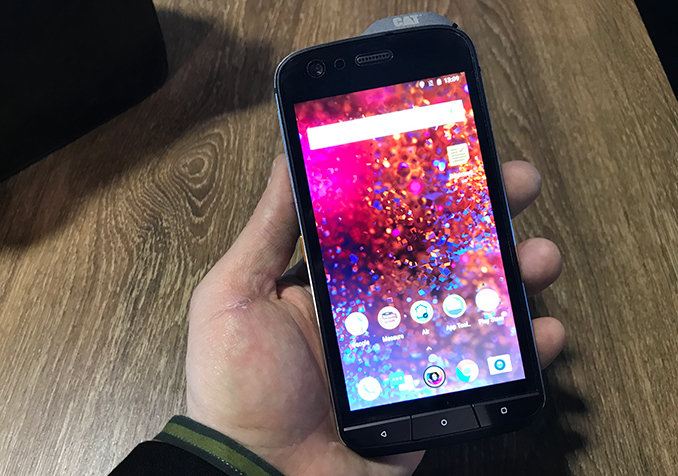

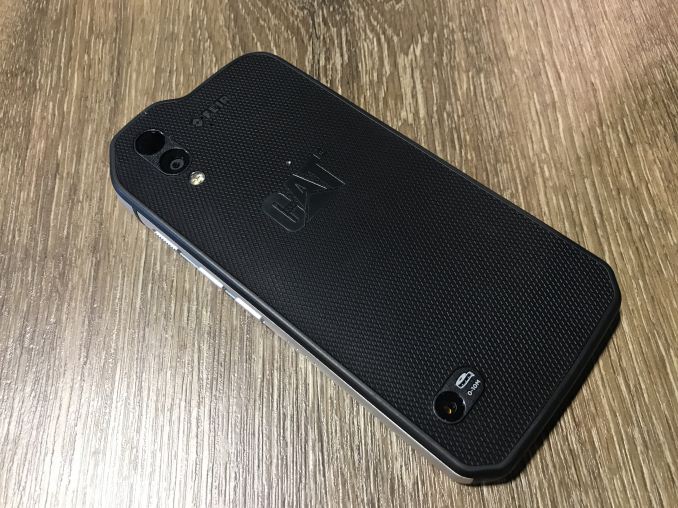
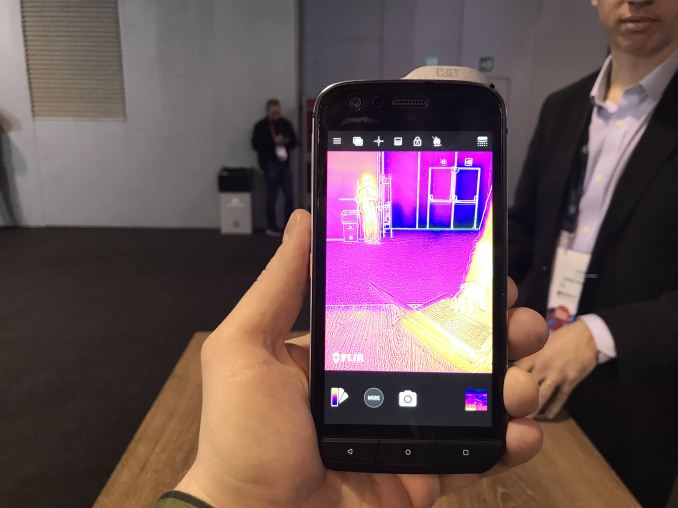


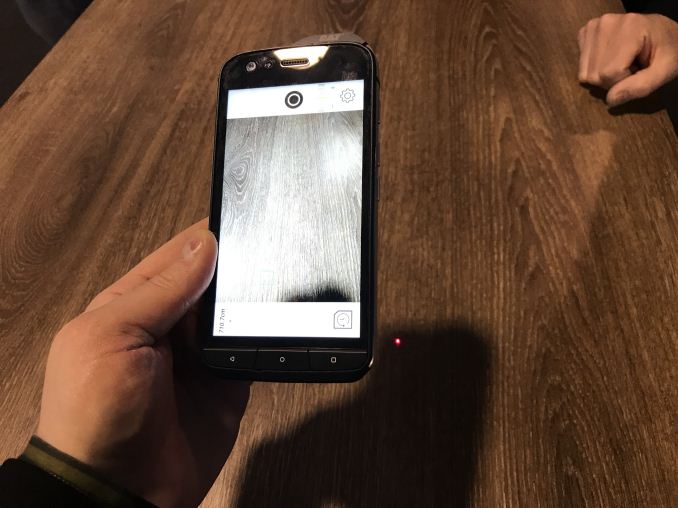
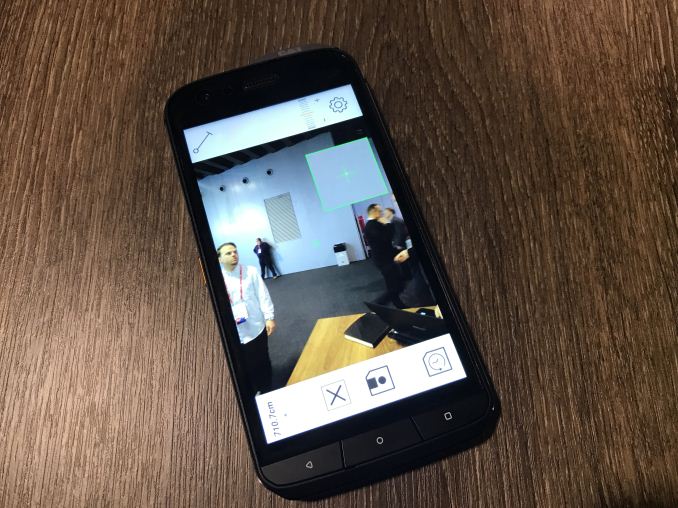
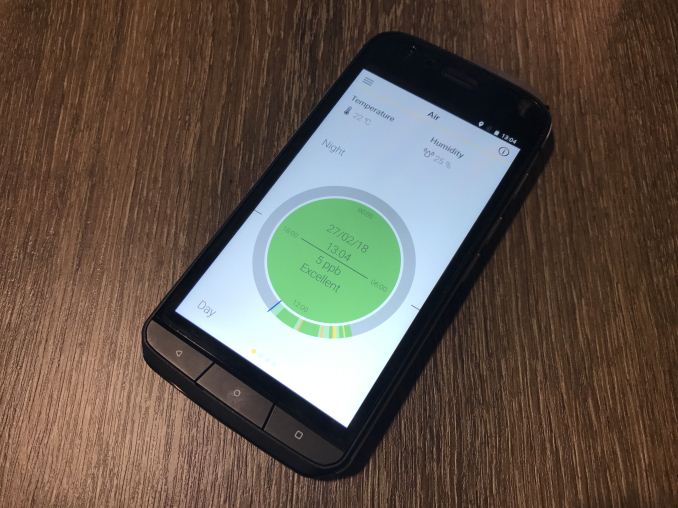

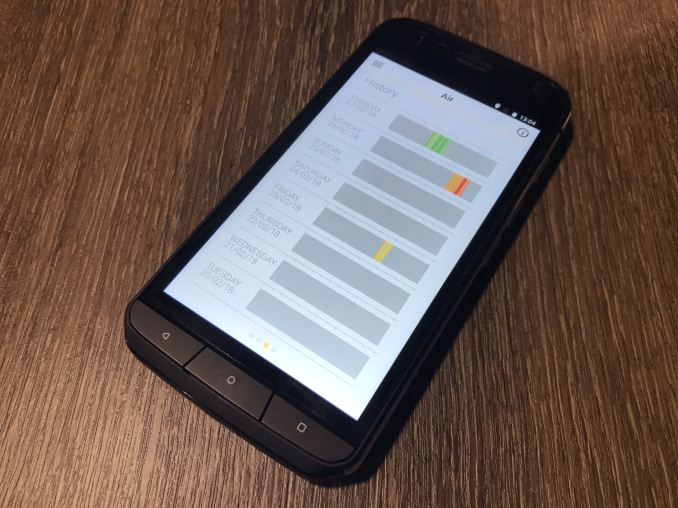
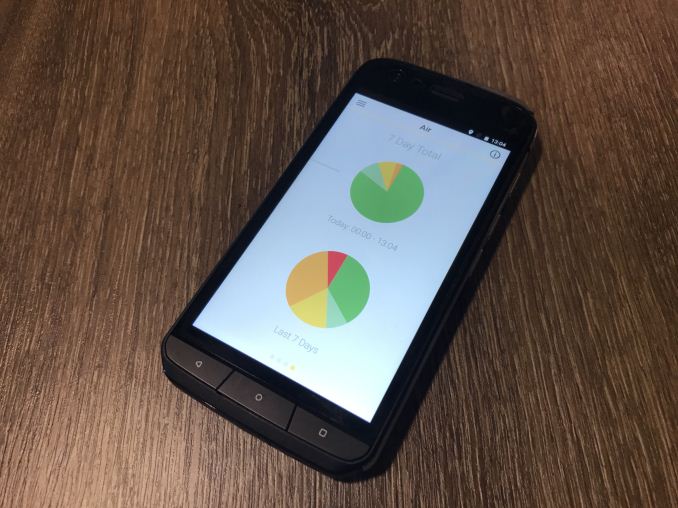



 Quote
Quote




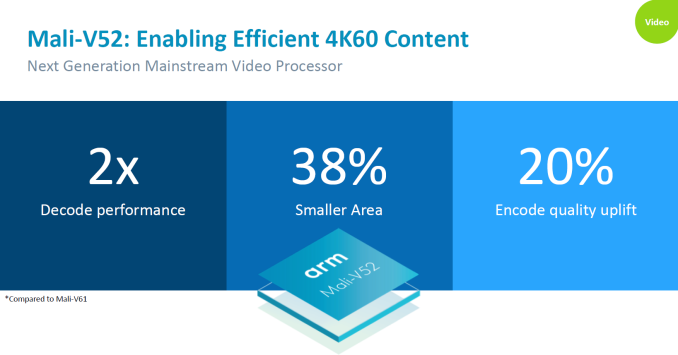


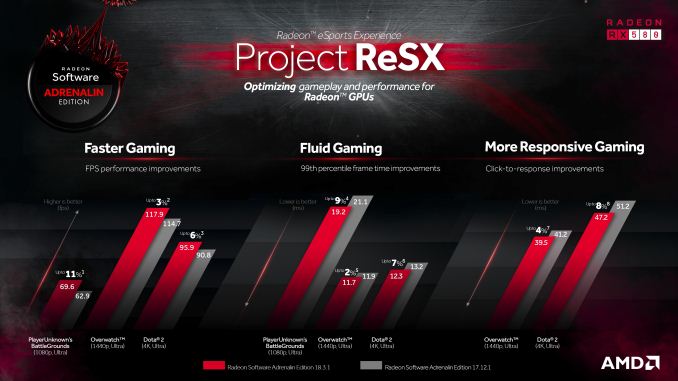
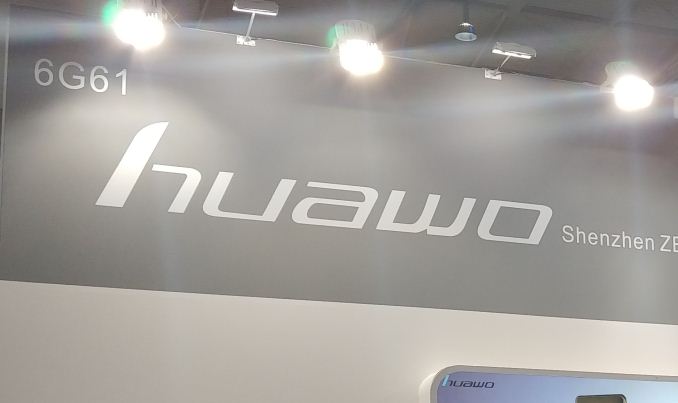
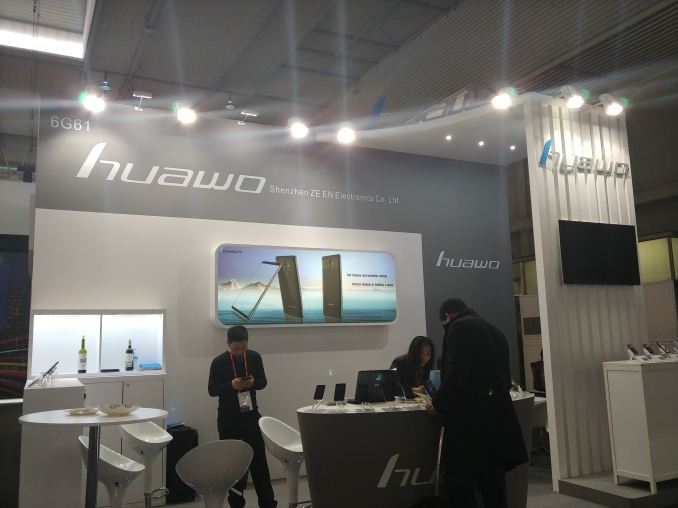


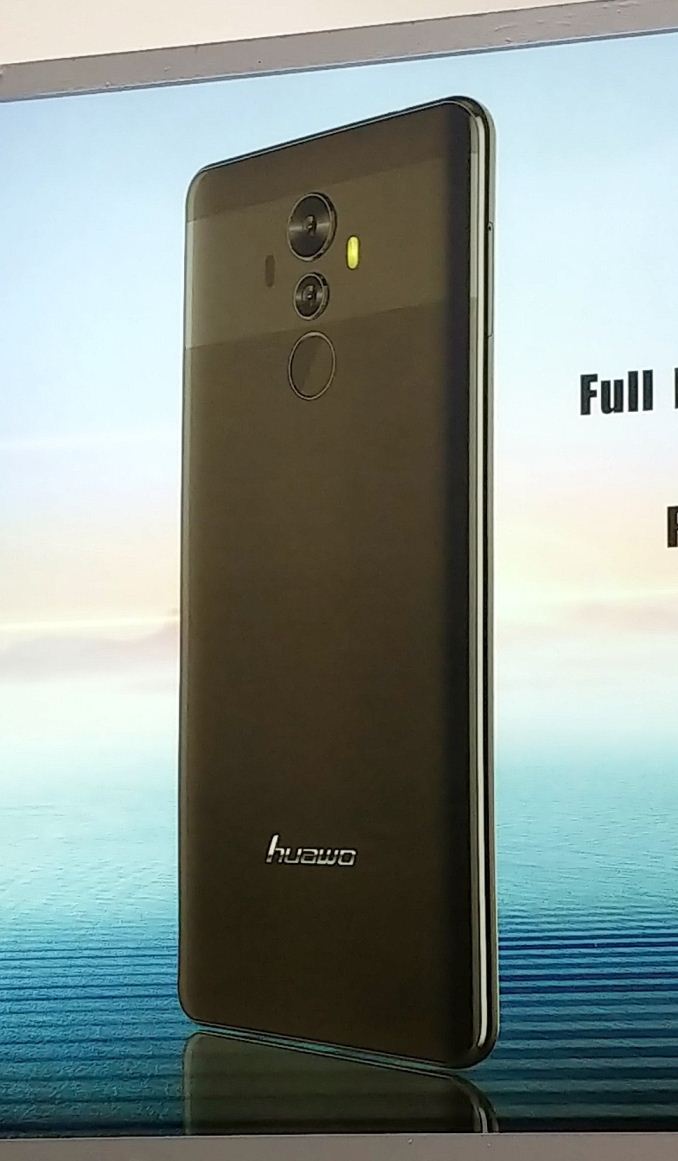
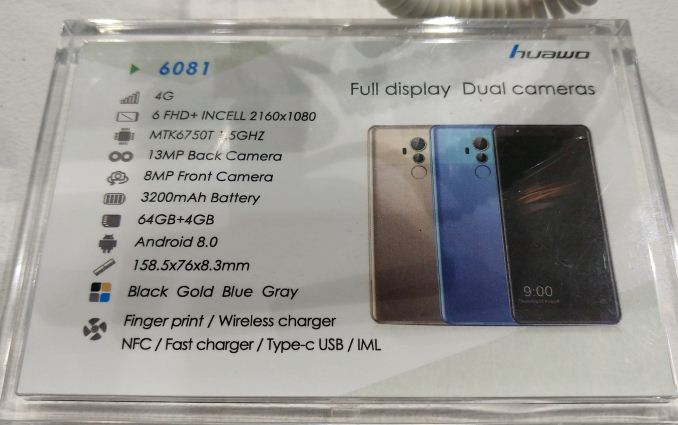

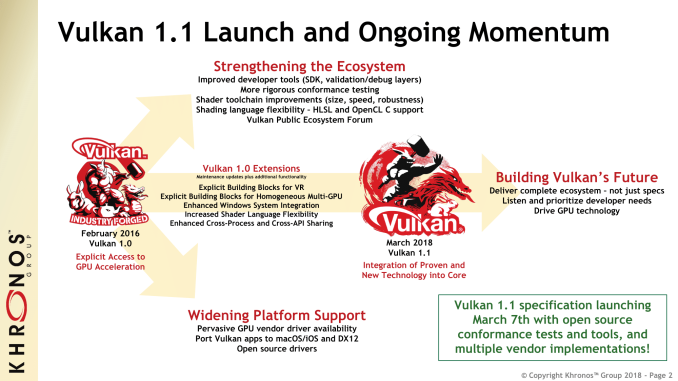
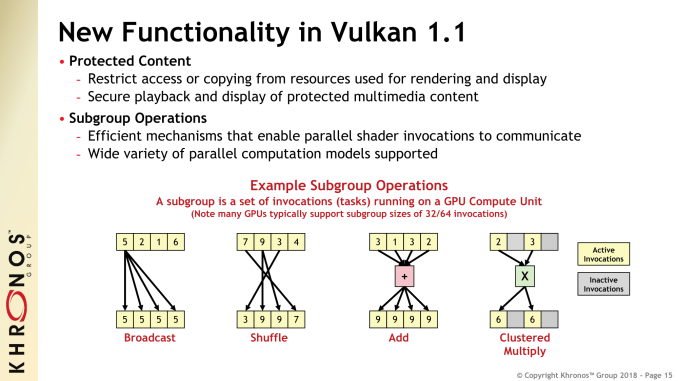
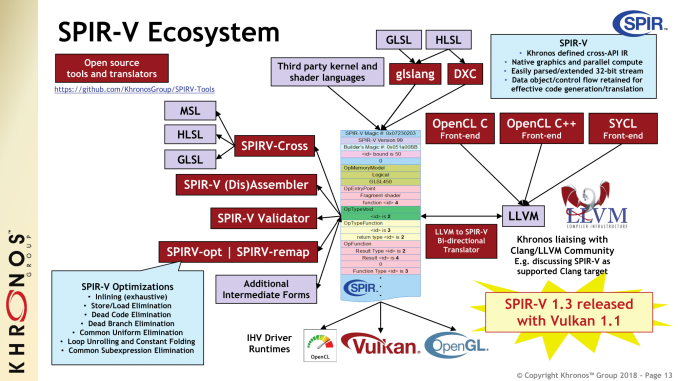
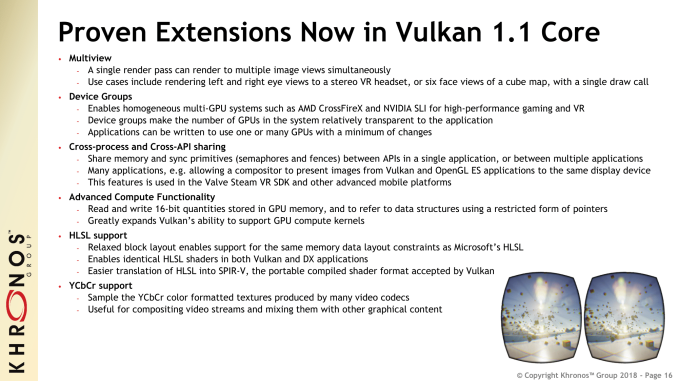
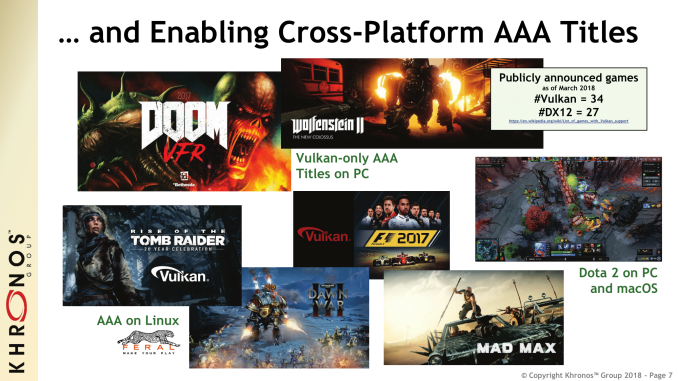

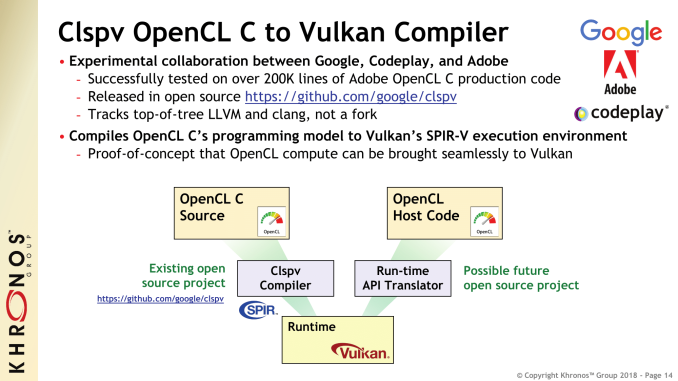

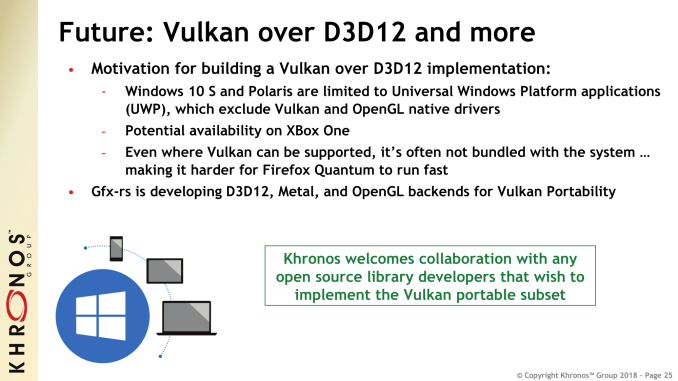
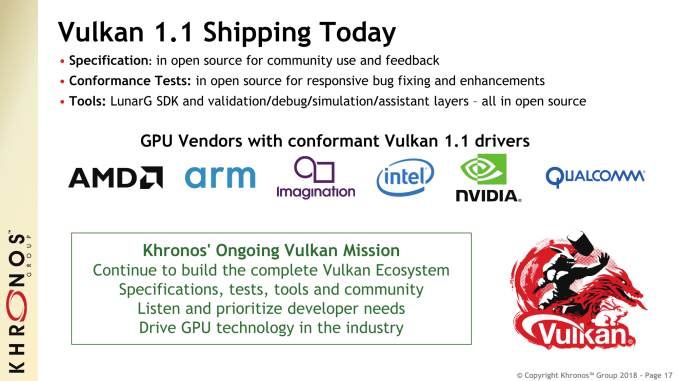



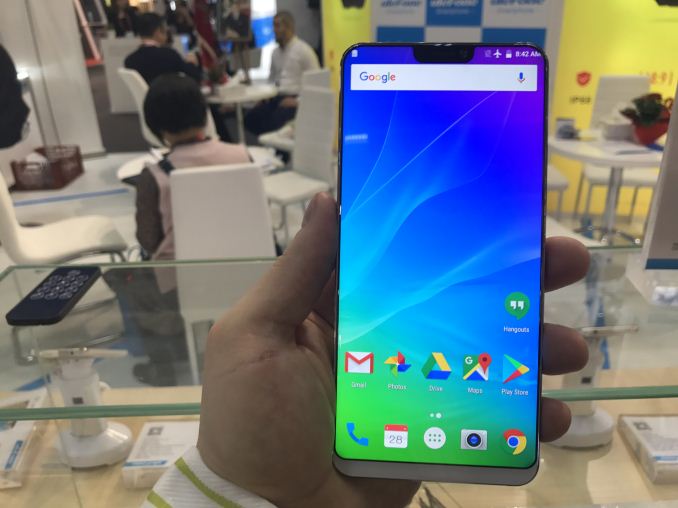

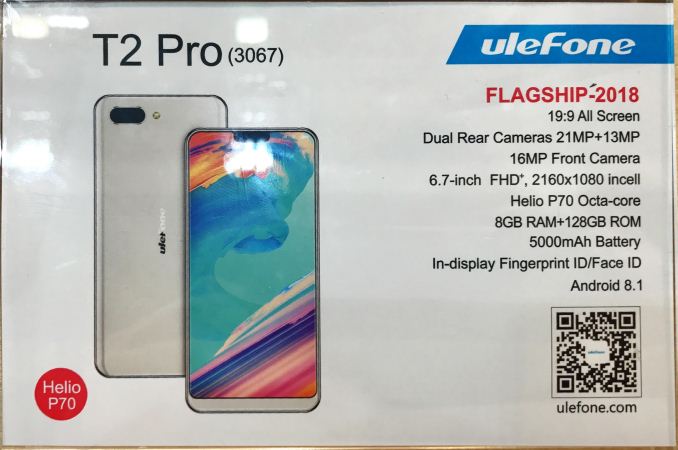
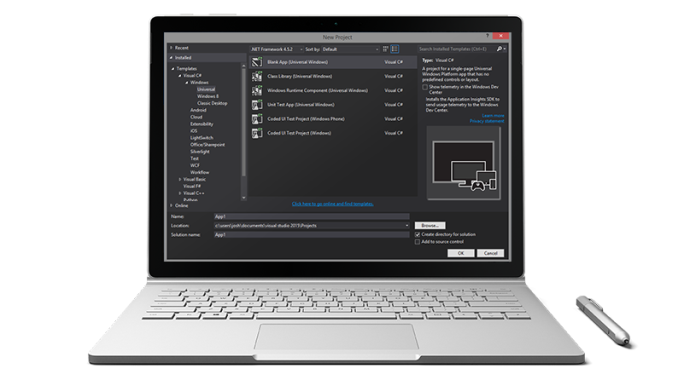
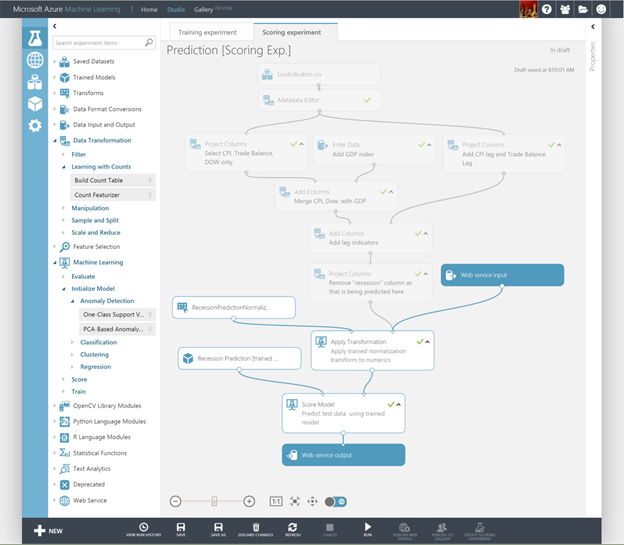
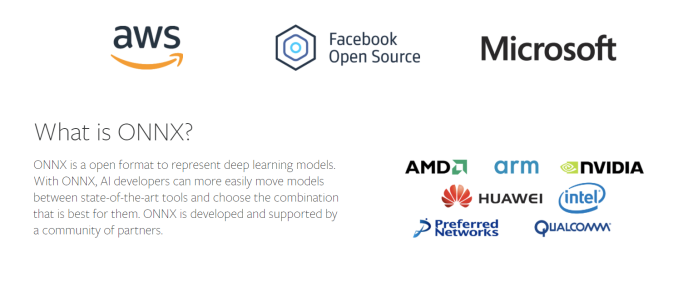
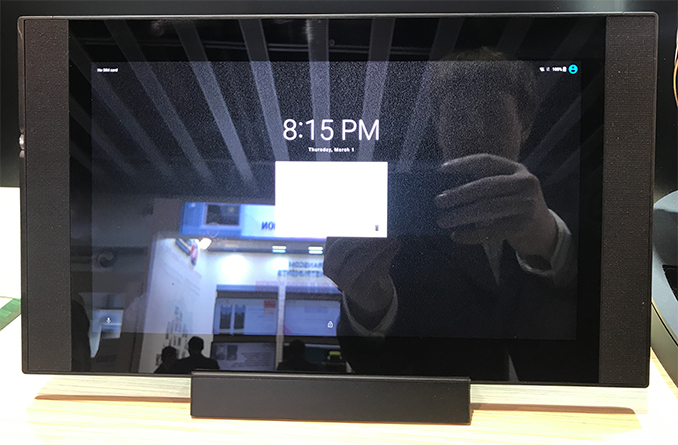
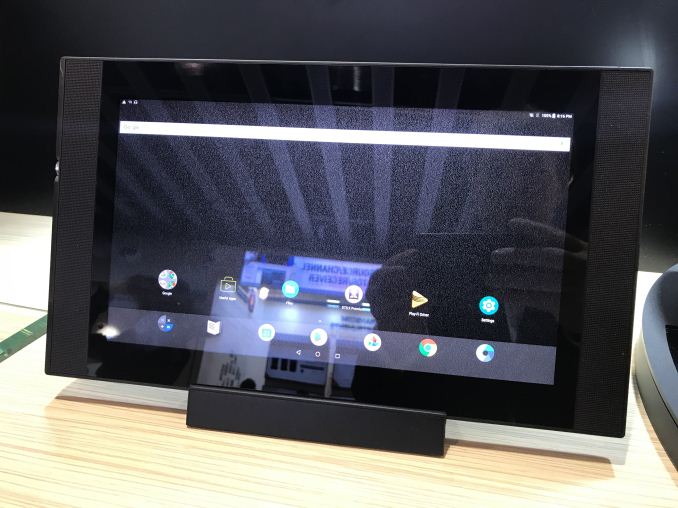
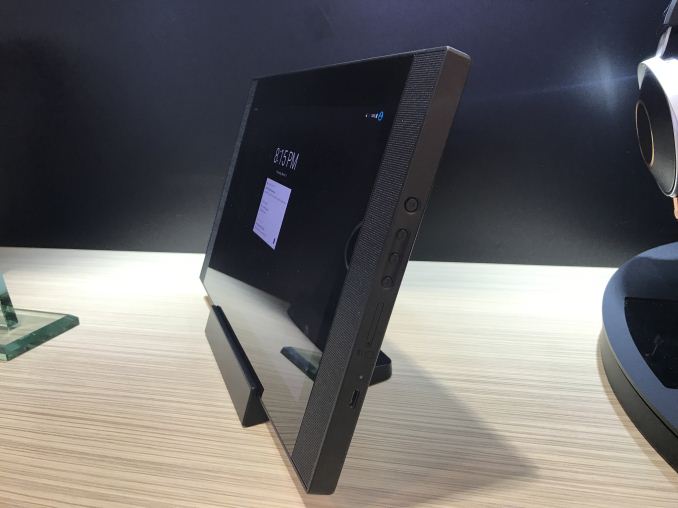
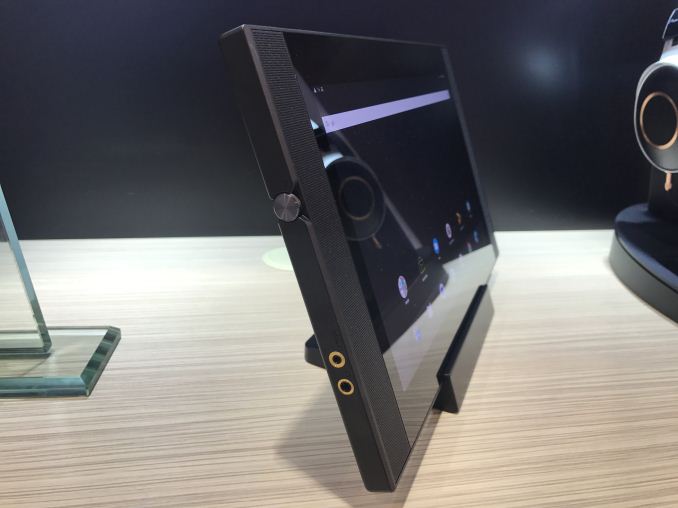
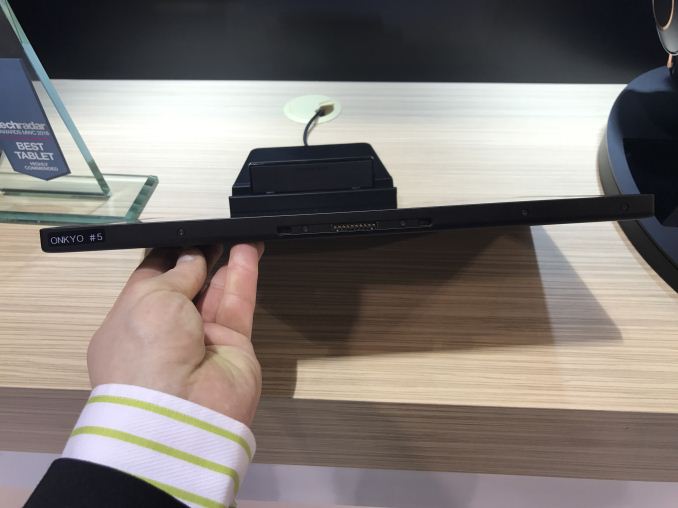
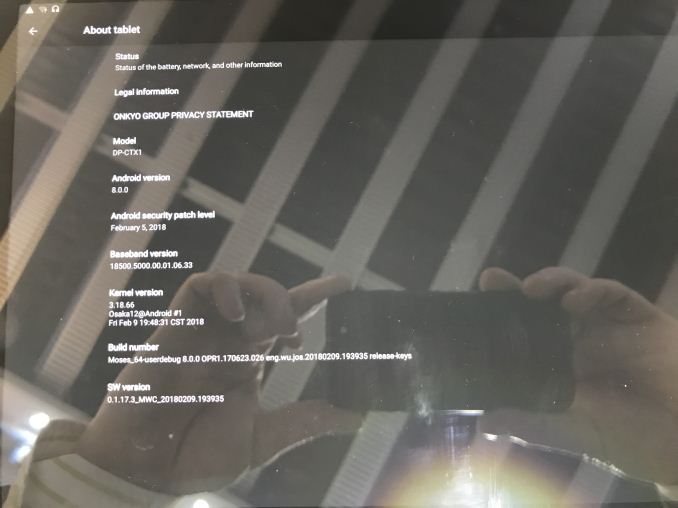

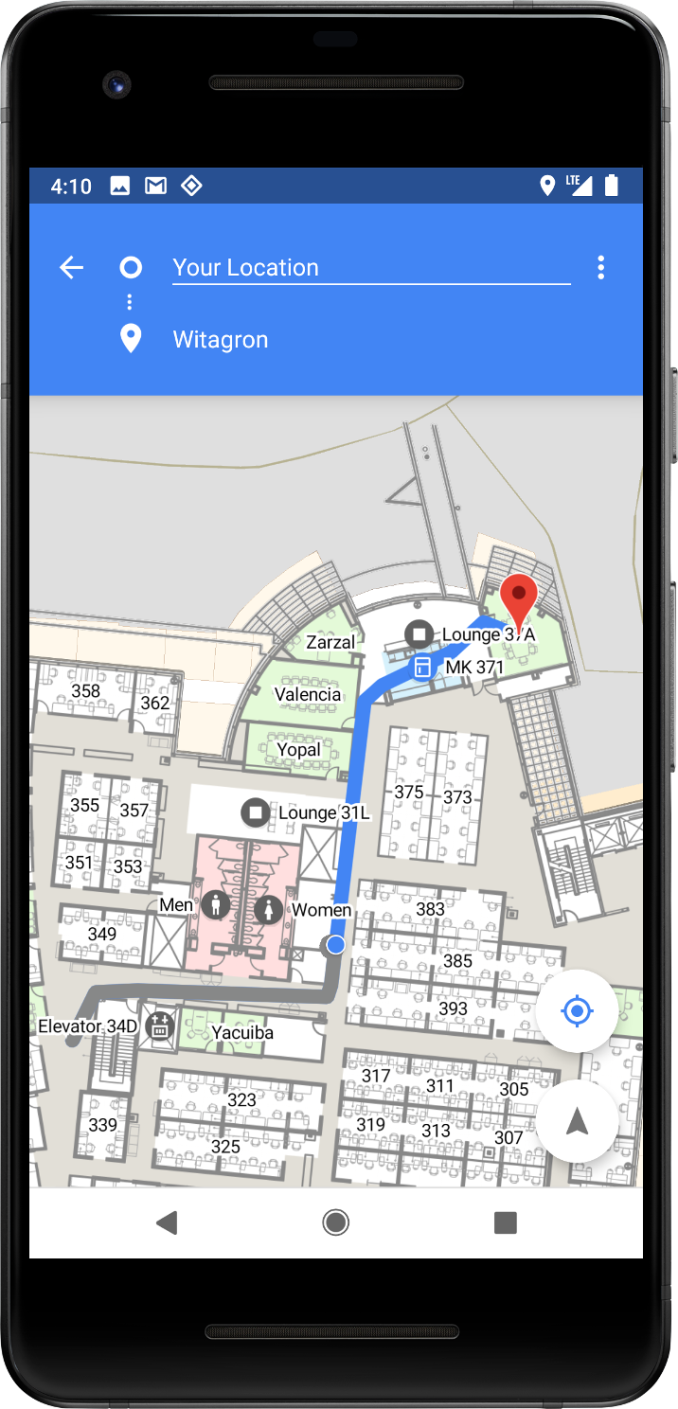


















Bookmarks